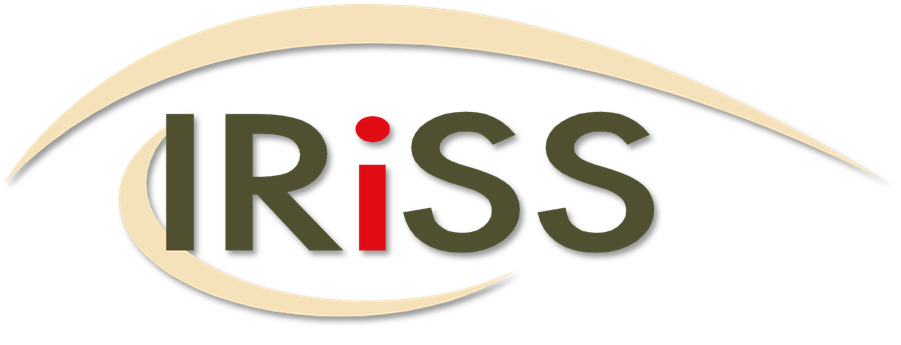
"Aryadnagallinorekisdgkdf" by
lis+-olaymaschetita - Own work.
Licensed under CC BY-SA 4.0 via
Wikimedia Commons -
https://commons.wikimedia.org/wiki
/File:Aryadnagallinorekisdgkdf.jpg#
/media/File:Aryadnagallinorekisdgkdf.jpg
Abstract
Research on measurement error in network data has typically focused on missing data.We embed missing data, which we term false negative nodes and edges, in a broader classification of error scenarios. This includes false positive nodes and edges and falsely aggregated and disaggregated nodes. We simulate these six measurement errors using an online social network and a publication citation network, reporting their effects on four node-level measures – degree centrality, clustering coefficient, network constraint, and eigenvector centrality. Our results suggest that in networks with more positively-skewed degree distributions and higher average clustering, these measures tend to be less resistant to most forms of measurement error. In addition, we argue that the sensitivity of a given measure to an error scenario depends on the idiosyncrasies of the measure’s calculation, thus revising the general claim from past research that the more ‘global’ a measure, the less resistant it is to measurement error. Finally, we anchor our discussion to commonly-used networks in past research that suffer from these different forms of measurement error and make recommendations for correction strategies.



